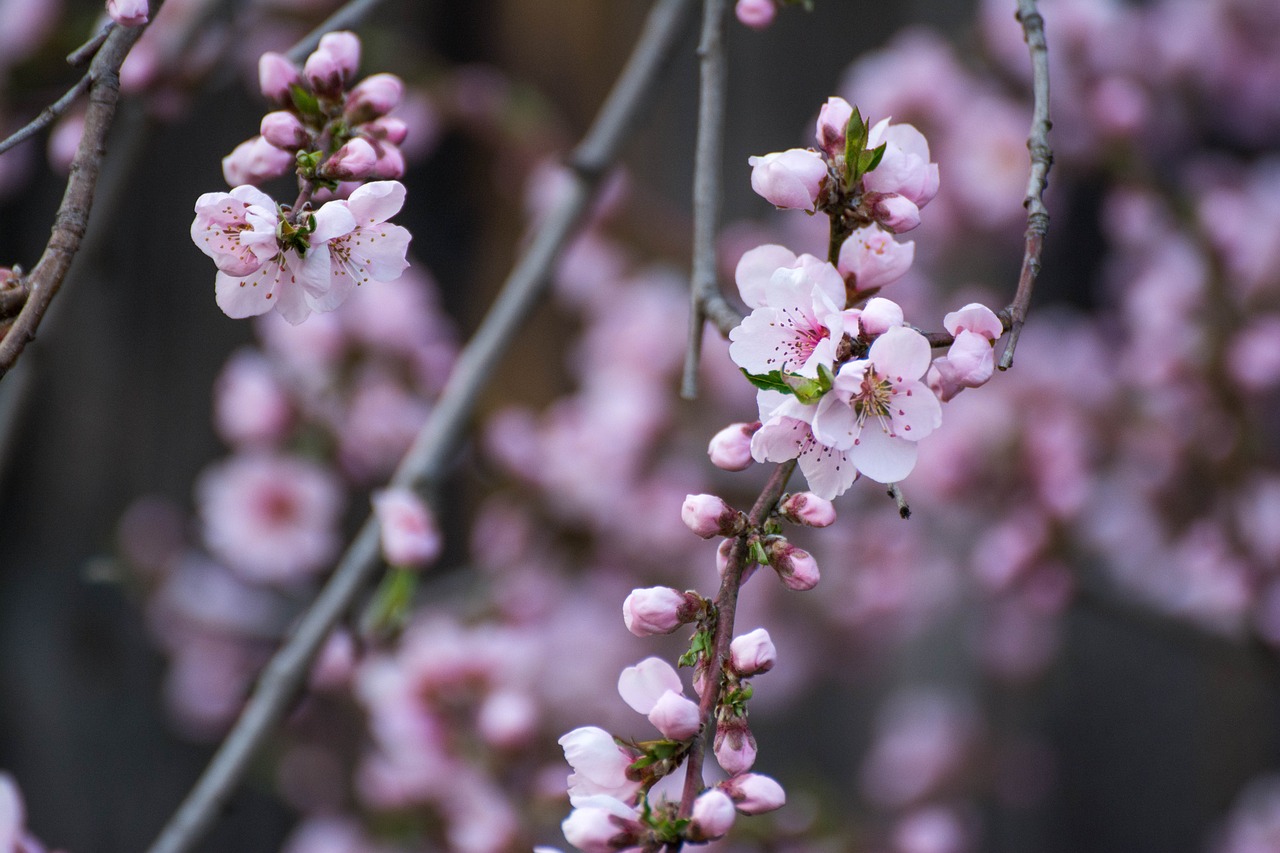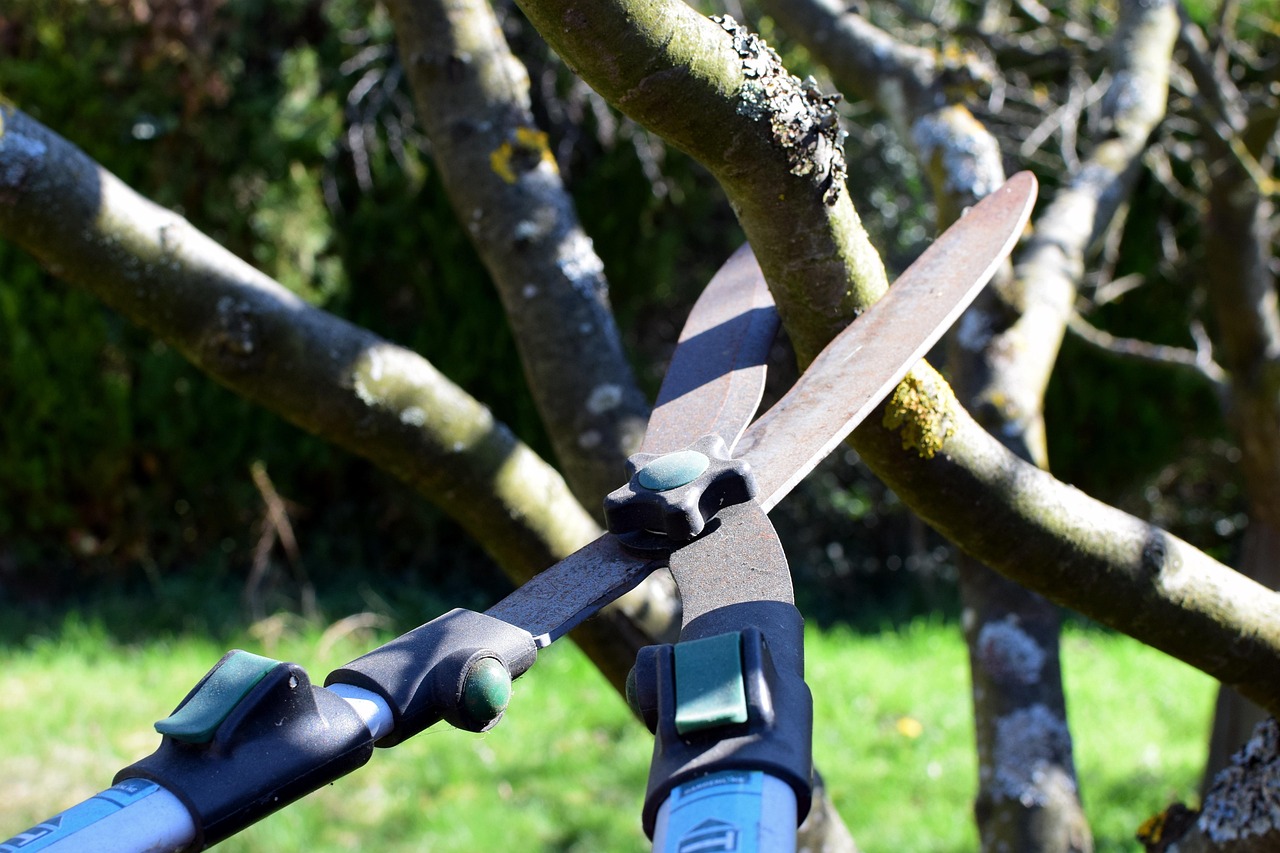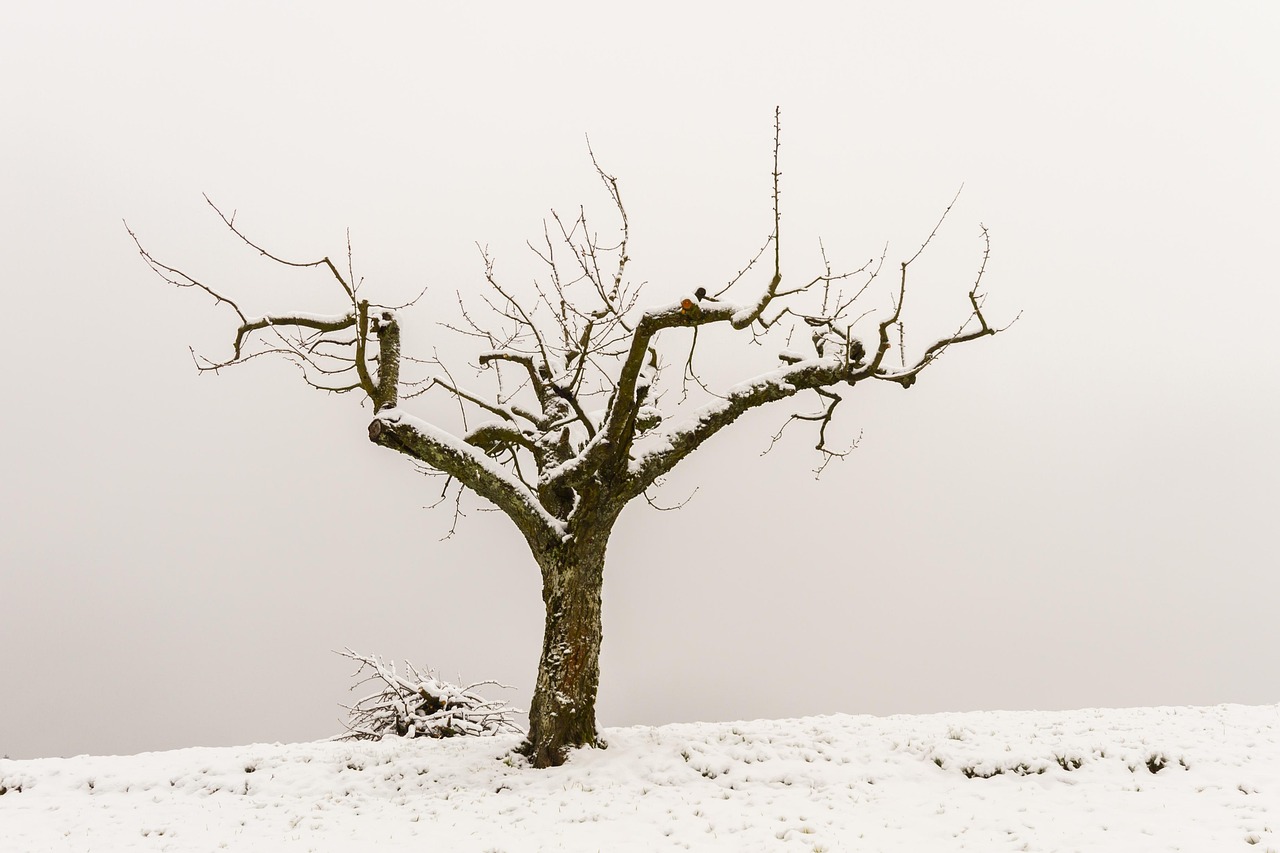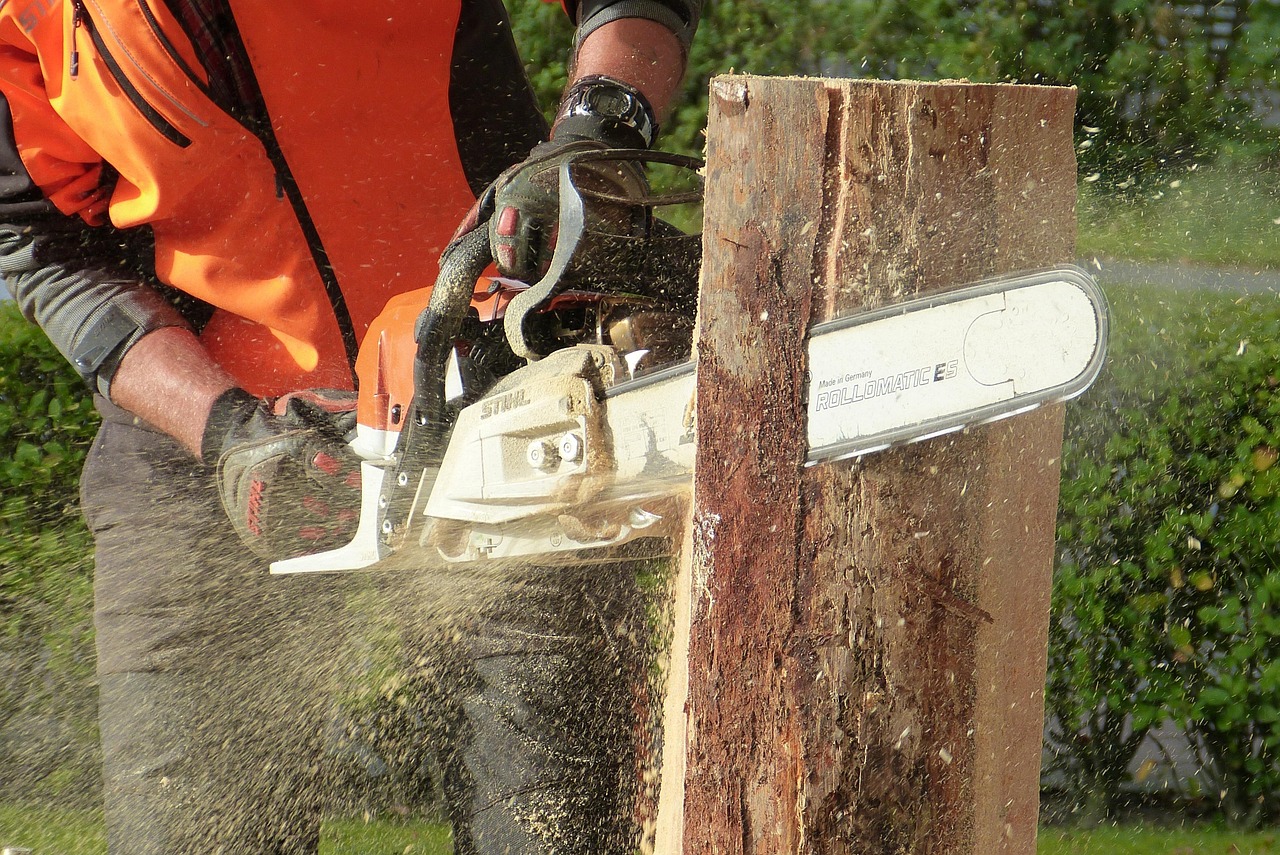Nectarine tree pruning is essential for enhancing growth and fruit production. The best methods include thinning, heading back, and summer pruning. These techniques promote better air circulation, sunlight exposure, and overall tree health, leading to a more abundant harvest.
Nectarine trees are a popular choice among fruit growers due to their delicious, juicy fruits and beautiful blossoms. These trees belong to the same species as peaches, but they have smooth skins and are known for their sweet flavor. To ensure that your nectarine tree thrives, proper pruning is vital. Pruning not only shapes the tree but also encourages robust growth and maximizes fruit yield.

Understanding the appropriate timing and techniques for pruning is crucial. Nectarine trees benefit from both winter and summer pruning. Each method serves a different purpose and can significantly influence the tree’s health and productivity. Below, we explore these methods in detail.
Importance of Pruning Nectarine Trees
Pruning plays a critical role in the overall health and productivity of nectarine trees. Here are some reasons why pruning is important:
- Improves Air Circulation: Proper pruning opens up the canopy of the tree, allowing better airflow. This reduces the risk of fungal diseases.
- Enhances Sunlight Exposure: By removing excess branches, sunlight can reach more parts of the tree. This encourages better fruit development.
- Controls Tree Size: Pruning helps maintain a manageable size for easy maintenance and harvesting.
- Increases Fruit Quality: When trees are pruned correctly, they produce larger, healthier fruits.
- Stimulates New Growth: Pruning encourages new growth which is essential for fruit production.
Regular pruning can also help in forming a strong structure, which is vital for supporting heavy fruit loads. Additionally, it can prevent overcrowding of branches that compete for nutrients and sunlight.

When to Prune Nectarine Trees
The timing of pruning is just as important as the techniques used. Nectarine trees should be pruned during two main seasons: winter and summer. Each season serves a specific purpose in the growth cycle of the tree.
Winter Pruning
Winter pruning typically occurs while the tree is dormant, usually between late January and early March. This timing helps minimize stress on the tree. The main goals of winter pruning include:
- Removing dead or diseased wood
- Thinning out crowded branches
- Shaping the tree to encourage an open canopy
This type of pruning allows for better visibility of the tree’s structure and helps you identify any issues that may need to be addressed before the growing season begins.

Summer Pruning
Summer pruning occurs after the fruit has set, typically in June or July. This method is focused primarily on maintaining shape and improving airflow within the tree. Key objectives include:
- Removing suckers that drain energy from the main branches
- Shortening overly long branches to encourage bushier growth
- Thinning out excess foliage to allow sunlight to penetrate
Summer pruning can lead to healthier trees with improved fruit size and quality. It ensures that the tree remains productive without becoming overgrown.
Pruning Techniques for Nectarine Trees
Several techniques can be employed when pruning nectarine trees. Each technique serves different purposes based on the specific needs of the tree.

Heading Back
This technique involves cutting back the tips of branches to encourage branching. Heading back can stimulate new growth and help shape the tree. It is most effective when done in winter or early spring.
Thinning Cuts
Thinning cuts involve removing entire branches at their point of origin. This technique opens up the canopy for better air circulation and light penetration while also reducing competition among branches.
Summer Pinching
This method involves pinching off new shoots during the growing season. This practice directs energy towards existing branches and helps control growth without heavy pruning.
| Pruning Technique | Description | Best Time |
|---|---|---|
| Heading Back | Cuts back the tips of branches to encourage branching. | Winter or early spring |
| Thinning Cuts | Removes entire branches to improve air circulation. | Winter |
| Summer Pinching | Pins off new shoots to control growth. | Summer |
By using these techniques effectively, you can enhance your nectarine tree’s growth and fruit production significantly. Properly pruned trees are not only healthier but also more aesthetically pleasing in your garden.
Tools Needed for Pruning Nectarine Trees
To effectively prune your nectarine trees, having the right tools is essential. Proper tools not only make the job easier but also ensure clean cuts, which promote better healing for the tree. Here’s a list of essential tools you should consider:
- Hand Pruners: Ideal for cutting small branches and deadwood. Look for sharp, high-quality pruners that fit comfortably in your hand.
- Loppers: These are larger cutting tools for branches that are too thick for hand pruners. They provide better leverage and reach.
- Saw: A pruning saw is necessary for larger branches. Choose a lightweight saw with a sharp blade to make the task manageable.
- Hedge Shears: Useful for shaping the tree and maintaining its overall appearance.
- Protective Gear: Safety goggles, gloves, and long sleeves are recommended to protect yourself from cuts and sap.
Before starting the pruning process, ensure that all tools are clean and sharp. Dirty or dull tools can spread disease and cause unnecessary damage to the tree.
Techniques for Specific Growth Stages
Different growth stages of nectarine trees require specific pruning techniques. Understanding these stages helps in applying the right methods at the right time.
Young Trees
For young nectarine trees, the goal is to establish a strong framework. This involves:
- Initial Shaping: In the first couple of years, focus on creating a strong central leader. Select a main trunk and remove competing shoots.
- Encouraging Lateral Branches: Allow some lateral branches to develop about 18 inches above the ground. This will create a tiered structure and enhance fruit production later.
- Regular Thinning: As the tree grows, thin out excessive branches to prevent overcrowding.
Mature Trees
Mature nectarine trees require ongoing maintenance to ensure continued health and productivity. Here are some effective techniques:
- Renewal Pruning: Remove older branches that show signs of decline. This encourages new growth and improves air circulation.
- Fruit Spur Management: Focus on managing fruit spurs by thinning them out to prevent overcrowding, ensuring that remaining fruits receive adequate nutrients.
- Seasonal Adjustments: Evaluate the tree’s growth each season and make adjustments as necessary based on its health and fruiting patterns.
Common Mistakes to Avoid When Pruning Nectarine Trees
Even experienced gardeners can make mistakes when pruning nectarine trees. Being aware of common pitfalls can help you avoid them:
- Pruning at the Wrong Time: Pruning too early or too late in the season can stress the tree and reduce fruit yield. Stick to the recommended timeframes.
- Over-Pruning: Removing too many branches can weaken the tree. Always aim for a balanced approach to maintain its health.
- Poor Cuts: Making jagged cuts or failing to cut at the right angle can lead to disease and poor healing. Use sharp tools for clean cuts.
- Ignoring Tree Health: Failing to assess the tree’s overall health can result in unnecessary pruning of healthy wood. Always evaluate before making cuts.
The Role of Pruning in Pest Management
Pruning also plays an essential role in managing pests that may affect your nectarine trees. Here’s how proper pruning can contribute to pest management:
- Reducing Hiding Places: Thinning out dense foliage reduces areas where pests can hide and breed.
- Improving Airflow: Better airflow through the canopy can deter pests that thrive in humid conditions.
- Easier Inspection: A well-pruned tree allows for easier inspection for signs of pests or diseases, enabling quicker responses.
By integrating pruning techniques with pest management strategies, you can create a healthier environment for your nectarine trees, ultimately leading to a more fruitful harvest.
Understanding Nectarine Tree Growth Patterns
Nectarine trees exhibit specific growth patterns that are essential to understand for effective pruning. Here are some key growth characteristics:
| Growth Stage | Description | Pruning Focus |
|---|---|---|
| Initial Growth | The first few years of establishment with rapid vertical growth. | Shaping and establishing a strong framework. |
| Mature Growth | The tree reaches full height with extensive lateral branching. | Maintenance and renewal pruning to promote health. |
| Fruit Production | The stage where fruit begins to set and mature on the tree. | Thinning fruits and managing spurs for quality yield. |
A clear understanding of these growth patterns will help you implement effective pruning strategies tailored to your nectarine tree’s needs at different stages of its life cycle.
Signs of a Healthy Nectarine Tree
Before initiating any pruning procedures, it’s essential to understand what constitutes a healthy nectarine tree. Recognizing the signs of health can guide your pruning decisions and ensure that you are not inadvertently harming a thriving tree. Here are some key indicators of a healthy nectarine tree:
- Vibrant Foliage: Healthy leaves should be a deep green color. Yellowing or browning leaves often indicate nutrient deficiencies or disease.
- Strong Growth: Look for vigorous growth patterns. A healthy tree will produce new shoots annually.
- Robust Bark: The bark should be intact without cracks or peeling. Damage to the bark can expose the tree to pests and diseases.
- Fruit Production: A healthy nectarine tree will produce fruit consistently each year. A sudden drop in yield may signal an issue.
- Healthy Roots: Strong, white roots are a sign of good health. Roots should not be mushy or discolored.
Monitoring these signs regularly allows you to make informed decisions about when and how to prune your tree effectively.
Pest and Disease Management Through Pruning
Managing pests and diseases is an integral part of maintaining the health of your nectarine trees. Pruning can significantly help in controlling these issues. Here are some common pests and diseases associated with nectarine trees, along with management strategies:
Common Pests
- Pear Psylla: These small insects can weaken trees by sucking sap. Pruning infested branches helps remove the pests and prevent their spread.
- Leafrollers: Larvae of these moths roll leaves and can cause significant damage. Regular pruning removes infested foliage.
- Aphids: These pests can cause leaf curling and stunted growth. Pruning can help reduce their population by removing affected areas.
Common Diseases
- Brown Rot: This fungal disease affects fruit and blossoms. Thinning out branches improves air circulation and reduces humidity, which helps prevent brown rot.
- Powdery Mildew: Caused by a fungus, it appears as a white powder on leaves. Proper pruning enhances sunlight penetration, reducing humidity and preventing this disease.
- Crown Gall: This bacterial disease results in galls on roots and stems. Removing affected branches can limit the spread of the bacteria.
In addition to pruning, maintaining overall tree health through proper watering, fertilization, and monitoring is crucial in managing these pests and diseases effectively.
The Importance of Fertilization for Pruned Trees
After pruning, it’s important to consider the nutritional needs of your nectarine trees. Fertilization plays a critical role in recovery and promoting new growth. Here are some key points regarding fertilization:
Nutrient Requirements
Nectarine trees require various nutrients to thrive, including nitrogen, phosphorus, and potassium. Understanding these needs helps in selecting the right fertilizer:
- Nitrogen: Essential for leafy growth, nitrogen should be applied in the spring as new growth begins.
- Phosphorus: Supports root development and flowering. Apply phosphorus-rich fertilizers during the early growing season.
- Potassium: Crucial for fruit quality, potassium can be applied later in the season as fruits begin to develop.
Types of Fertilizers
There are several types of fertilizers suitable for nectarine trees:
- Granular Fertilizers: These slow-release fertilizers provide consistent nutrients over time.
- Liquid Fertilizers: Quick-acting fertilizers that can be applied during the growing season for immediate nutrient uptake.
- Organic Options: Compost and well-rotted manure provide a natural source of nutrients while improving soil health.
Applying fertilizer after pruning can help the tree recover quickly and support vigorous new growth. Timing and method of application are crucial for maximizing benefits.
Irrigation Practices Post-Pruning
Irrigation is another critical aspect that works hand-in-hand with pruning and fertilization. Proper watering helps your nectarine tree recover from pruning stress and promotes new growth. Here are some irrigation practices to consider:
Watering Schedule
A consistent watering schedule is vital for healthy tree development:
- Dormant Season: Watering needs decrease during dormancy. Ensure the soil isn’t overly saturated, which can lead to root rot.
- Growing Season: Water deeply but infrequently during the growing season. Aim for at least 1 inch of water per week, depending on weather conditions.
Irrigation Methods
Selecting the right irrigation method can enhance water efficiency:
- Drip Irrigation: This method provides water directly to the root zone and reduces evaporation losses.
- Sprinkler Systems: While effective, ensure that water reaches the roots without saturating the foliage excessively.
A well-planned irrigation strategy will support your pruned nectarine trees’ recovery and growth by maintaining adequate moisture levels in the soil.
Additional Considerations for Successful Nectarine Tree Care
Beyond pruning, fertilization, and irrigation, there are other important factors that contribute to the successful growth of nectarine trees. These considerations can further enhance the health and productivity of your trees.
Mulching Techniques
Applying mulch around the base of your nectarine trees can provide numerous benefits:
- Moisture Retention: Mulch helps retain soil moisture, reducing the frequency of watering needed.
- Temperature Regulation: A layer of mulch can help keep the soil temperature stable, protecting roots from extreme heat or cold.
- Weed Suppression: Mulch acts as a barrier to weeds, reducing competition for nutrients and water.
Organic mulches, such as wood chips or straw, also break down over time, adding nutrients back into the soil.
Sunlight Exposure
Nectarine trees require plenty of sunlight to grow and produce fruit effectively. Here are some tips for ensuring optimal sunlight exposure:
- Location: Plant your nectarine trees in a location that receives full sun for at least 6-8 hours a day.
- Canopy Management: Regular pruning helps maintain an open canopy that allows sunlight to reach all parts of the tree.
- Avoiding Overhead Structures: Ensure that nearby structures or taller trees do not cast shadows on your nectarine trees.
Seasonal Monitoring
Regular monitoring throughout the growing season is essential for catching issues early. Here are some practices to adopt:
- Pest Inspection: Regularly check for signs of pests or disease on leaves, branches, and fruit.
- Growth Assessment: Observe the growth patterns and overall health of the tree; adjust care practices as needed.
- Fruit Development Monitoring: Keep an eye on fruit size and quality as they mature. This can inform decisions about additional pruning or nutrient applications.
Final Thoughts
Pruning nectarines is a vital practice that fosters better growth and fruit production. By employing the right methods, tools, and timing, you can significantly improve your tree’s health and yield. Understanding the different stages of growth allows you to apply techniques that encourage robust development, while regular monitoring ensures that any issues are addressed promptly.
The integration of proper watering, fertilization, pest management, and mulch application complements your pruning efforts, creating an environment where your nectarine trees can thrive. With attention to detail and consistent care, you can enjoy bountiful harvests and healthy trees for many years to come.
In conclusion, the journey of nurturing a nectarine tree involves understanding its needs at every stage. From the initial shaping of young trees to maintaining mature ones, effective pruning is just one part of a holistic approach to tree care. By implementing these strategies, you’re not only enhancing the tree’s appearance but also setting the foundation for a fruitful future.
